Gareth A. Hopkins bucks the trend. His comics are both complex and unorthodox. They are also at times hauntingly charismatic. Like watching a comic flow directly from Rorschach’s mask on to a page of a comic, but about a thousand times more complex. They portray an abstract approach to the sequential medium.
Is it something that I fully understand? Hell, no. Is it a refreshing change from the norm? Hell, yes!
I also defend the right to call these comics. They have movement between panels, they grow in front of your eyes and race through crashing waves to a conclusion. Time passes and tensions swell and grow as you read. Relax the focus and fall into the inked spaces.
Having chatted to Gareth on a recent podcast and then watching his style grow, emerge and morph into what it is now I thought that it was high time to ask this enfant terrible of the small press comics scene a few questions.
The lamps are hot and blazing into this artist’s face as he faces a few questions from downthetubes. I hope you enjoy this dive into the abstract (there’s also some Death’s Head!)
downthetubes: What is your background in art? Who did you grow up reading or enjoying in both comics and art of all kinds?
Gareth A. Hopkins: I’ve not really got a background in art, I don’t think. I did A-Level Art, but past that didn’t do very much of anything until one day a few years ago when I decided I’d start drawing again, and everything after that has just been pretty organic.
As for what I grew up reading, 2000AD was life changing for me, at 10 years old, and a fair amount of my output has been in response to that. A few years after I started 2000AD I got introduced to Marvel through the Overkill anthology, and US comics in general through the reprint anthologies that Marvel UK and DC were releasing at the time. Oh, and the only newsagent near me that stocked US-format comics only got in X-Men and X-Force, which I absolutely loved, and comics with ‘special covers’ — there was a time when nearly all the US-format comics I had bought came with foil covers or holograms on them.
And art… I’ve always been into the Surrealists, and Dada. They were the big ones for me, on opening my brain up a bit. Later on Abstract Expressionists like Pollock and Rothko had a big effect.
downthetubes: How would you describe your comics? If indeed you call them comics?
Gareth A. Hopkins: For a start, I’d absolutely call them comics. Not all paintings are landscapes, not all films are Westerns, not all TV is period drama, and not all comics have superheroes in them. Granted, the comics I make push the envelope a little, but they still share the medium as more traditional comics.
I guess they fall into ‘abstract comics’, although that’s becoming an increasingly stretched and distorted term as the range of styles it encompasses now is bewildering – you only have to look at the range of work being added to the Abstract Comics Blog for evidence of that.. I’ve also tried using ‘experimental comics’ as a label, and they’ve been described as ‘art comics’… I have quite a hard time with this question, I suppose.
I just make comics… I don’t worry about what kind of comics they are when I make them, only that they work on my terms.
downthetubes: How did this style develop? How did you find this technique? Was there a moment it clicked?
strong>Gareth A. Hopkins: It’s just been through play, really. I’ve always had a certain style of intricate black linework, since I was about 14/15 — I used to do large doodle-ish pictures, full of little details and personal references. And gradually those got fleshed out and made a little higher-end. Those pictures got larger and larger… until the space I had available to work in got smaller and smaller (read: I had children) and so the scale I was working at had to shrink in line.
I started working on the first version of The Intercorstal almost by accident, when I wasn’t really reading a lot of comics, and a lot of the influence on it was music (like, I couldn’t play an instrument, so my version of a DIY album was this comic) and reading about fringe science and mysticism on The Daily Grail website. Then I tried using found images in my work, and made a bunch of zines that way, before returning to drawing full pages again.
Looking back now, the lines of when I started and stopped certain things are a little blurrier than I’ve made them sound — I used early pages from The Intercorstal as reference for one of the biggest things I’ve ever drawn (Corridoring, which I did as a prop for a film that I never finished).
Around that time I found that one way to trigger ideas was to create abstracts of existing comics pages. I did that on and off for a couple of years (I collected the results as The Intercorstal 2 early last year) until deciding to create one larger, cohesive piece of work, which eventually came to be The Intercorstal: 683.
Looking back, I started it as a display-piece – all the pages are definitely set out to be hung and looked at on a wall, rather than printed, which explains some of the problems I had with bleeds when I decided to get it printed. I did some more work based on existing comics — After Smith, and the pages that make up Tropical Party Mode, but I was very aware of becoming a one trick-pony, regardless of how good I was becoming at that particular trick. My latest ‘big project’, Found Forest Floor, uses a lot of the same techniques I’d developed through abstracting other people’s work, but is based on observational drawings and family photos.
downthetubes: Do people go in with preconceptions? How do you deal with this and some who may be confused?
Gareth A. Hopkins: In general, people who like comics don’t have a problem with what I do. It might not be to their taste, but that’s fine. The people who have the hardest time with my work are people who don’t really read comics at all, and whose ideas of what a comic is based on stereotypes and personal prejudices.
The longest argument I’ve had about the merit of my comics work was with someone at my day-job, who refuted the idea that a comic could be abstract incredibly strongly, despite never having read a comic.
I think it’s also fair to say it can take a little while for people to warm up to the idea of my comics — especially at cons there’ll be people who walk up and ask me what my comic is, and when I tell them give me a bit of a squinty side eye, give a half-polite ‘very nice’ then slink away. Which is of course absolutely fair enough.
Downthetubes: Your work deals with deconstruction and reconstruction. How does this change the reality of the story?
Gareth A. Hopkins: In the instance of things like After Smith, where I’ve abstracted the original pages, the important thing is to keep as much of the original story there without it being at all recognisable. I think the podcast Comet Boots summed it up best (better than I ever have, I think, although I’ll have to paraphrase), when they said that I strip everything off the comic and leave just the skeleton. The structure’s still there, and each panel still serves its original purpose, as does each page, but that purpose isn’t tied to a particular narrative. And then on top of that, I’m asserting my own presence in the process – if I’ve done my job right, it’ll be recognizably my work, while still retaining whatever magic was there in the first place.
Whenever I do those pages, I’m really celebrating the original creators, and the amazing talent and craft that’s gone into the originals. It’ll sound obvious but better original pages nearly always produce better ‘Intercorstal’ ones.
I also used reconstruction heavily in Found Forest Floor, the novel I’m working on with Erik Blagsvedt. I worked pretty furiously on the 250 pages in it, and the pace meant that my style was drifting a lot. Partly to combat that, and also as an experiment in drawing, I started printing out copies of the original pages and working over the top of them in white paint and ink, to make new pages which carried the ghost of the original. That way, when the book gets read there’s a cohesion throughout, and also a self-referencing. I really like how it’s worked out, it reads more like a film than a comic or a novel, to me at least. Oh, and if you thought my work stretches the term ‘comic’ you’ll really have trouble with the concept of Found Forest Floor as a novel…
There’s also what I’m working on now. For ThoughtBubble last year, I printed out 16 pages of Found Forest Floor as a little primer for the novel. I took December off from drawing, but during the times I got really antsy with the need to do something, so I started working over that primer in the same way I’d done pages for Found Forest Floor, and came out with a brand new comic, which I called Sugar Forest Fire. And as soon as I had a printed copy of that I started reworking that, and in a very short time had a new comic called Rabbit On The Stairs.
All three share similarities – that same idea of a ‘ghost’ on the page that I mentioned before – but are each very different, too. I think I’ll probably carrying on doing that, just to see where it takes me – some of the pages in ‘Rabbit On The Stairs’ had actually started to look less abstract, rather than more, which is something I’d like to explore.
Alongside that, I’m working on ‘prestige’ versions of the original Found Forest Floor pages, carefully redrawn A3 versions of the runty A5 originals – partly they’re a way to question the idea of what an ‘original’ page is, and partly it’s a purely commercial decision, making stuff for the express reason of selling on.
downthetubes: You get to work on any character. You can do whatever you like with them. Who, how and why?
Gareth A. Hopkins: I’ve been rolling this one over and over but it keeps settling on Death’s Head II, the Marvel UK character. Maybe it’s just nostalgia, but I’ve got a bit of a soft spot for the interdimensional cybernetic psychopath.
As for how… certainly I’ve not read everything that he was in, but it always felt like the multiple personalities that he kept in check in his head were never really explored, and I remember being slightly frustrated by that. Having said that, I’d like to see him on a kind of constant road trip, where he rolls in to town, kind of wrecks everything, and then moves on. Kind of like a sci-fi Jack Reacher?
downthetubes: What have you got coming out next?
Gareth A. Hopkins: Jeez, I’ve got loads on… Found Forest Floor by me and Erik Blagsvedt will be out at some point this year from Abstract Editions, and I’m really looking forward to seeing what people think of it. I’ll be releasing the products of the Found Forest, reworking process as free PDFs as they’re finished, and might do something bigger with them further down the line, although I don’t know what that’s going to look like (literally).
There’s a weird little experiment coming in Sliced Quarterly #5 at some point in January, thanks to the exemplary Ken Reynolds. I’m also scouting around for a follow-up to The Intercorstal: 683, something which has a bit more purpose and an analytic focus, as opposed to the by-instinct stuff I’ve been doing recently. Oh, and Crosby & Syd continues – it’s a brilliant tale of a cat and dog on a road trip to Vegas, which I draw from a script written by Kate Dowling (I only manage a page a month at the moment, and it’s had a two month break, but it’ll definitely be back this January… It’s also totally different to everything else I do).
Oh, and I’ll be releasing those ‘prestige pages’ sporadically, too. That’ll do for the next couple of months…
Alongside all that I’ll probably be submitting stuff to Secret7’s again, working on a piece for the Lakes International Comic Art Festival‘s Window Trail if they’ll have me back, and hopefully collaborating with an art group called Young Blood Initiative to exploit my style and obsessions in a non-comics setting.
downthetubetubes: Where can we keep up with your work?
Gareth A. Hopkins: My ‘proper’ website is www.grthink.com, the Intercorstal has its own rangy website at www.intercorstal.com, and I have a shop at grthink.bigcartel.com. I’m also pretty active on Twitter, where I’m @grthink.
Many thanks to Gareth for this interview. If you head over to his social media you can find some great examples of his work and many thanks for reading.
Antony Esmond is a comic reviewer and writer – his hips don’t lie.
Categories: British Comics, Comic Creator Interviews, Creating Comics, downthetubes News
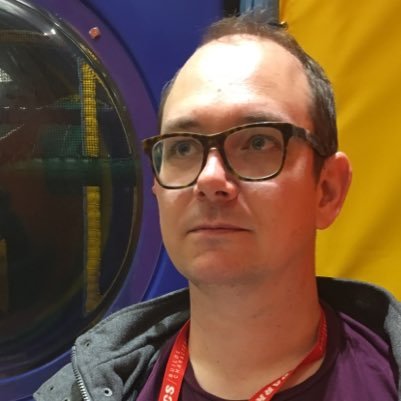
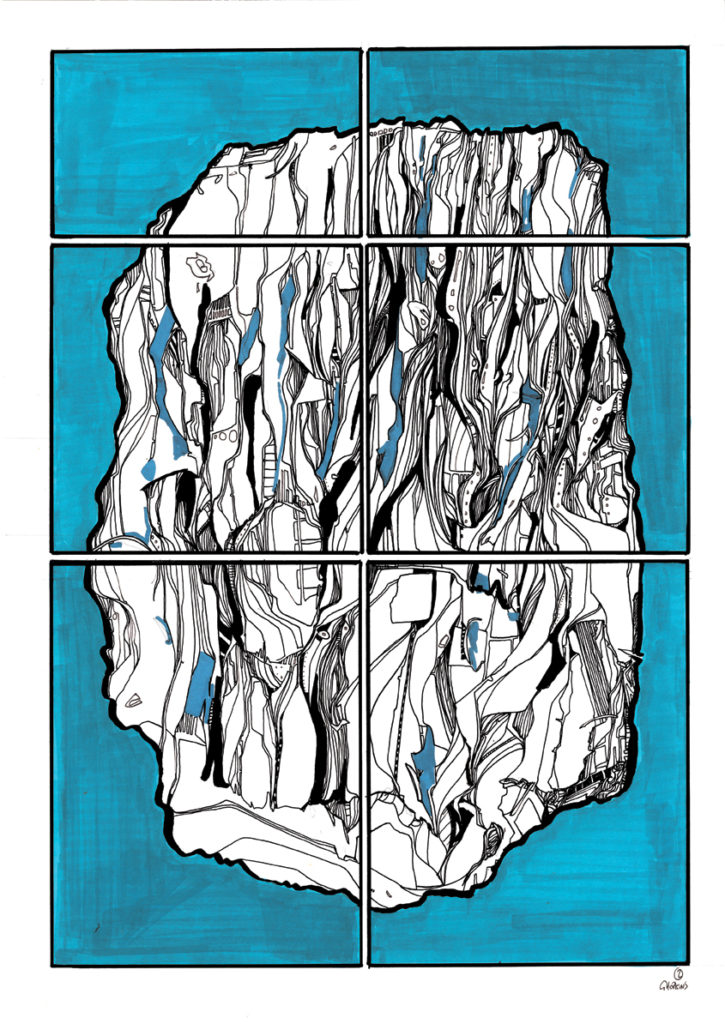
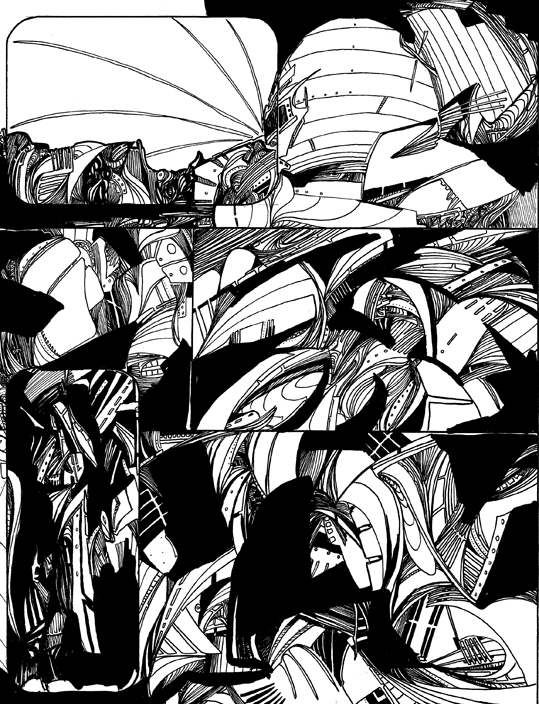
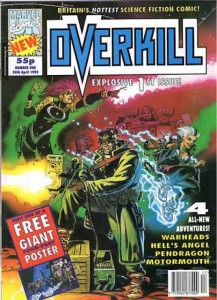
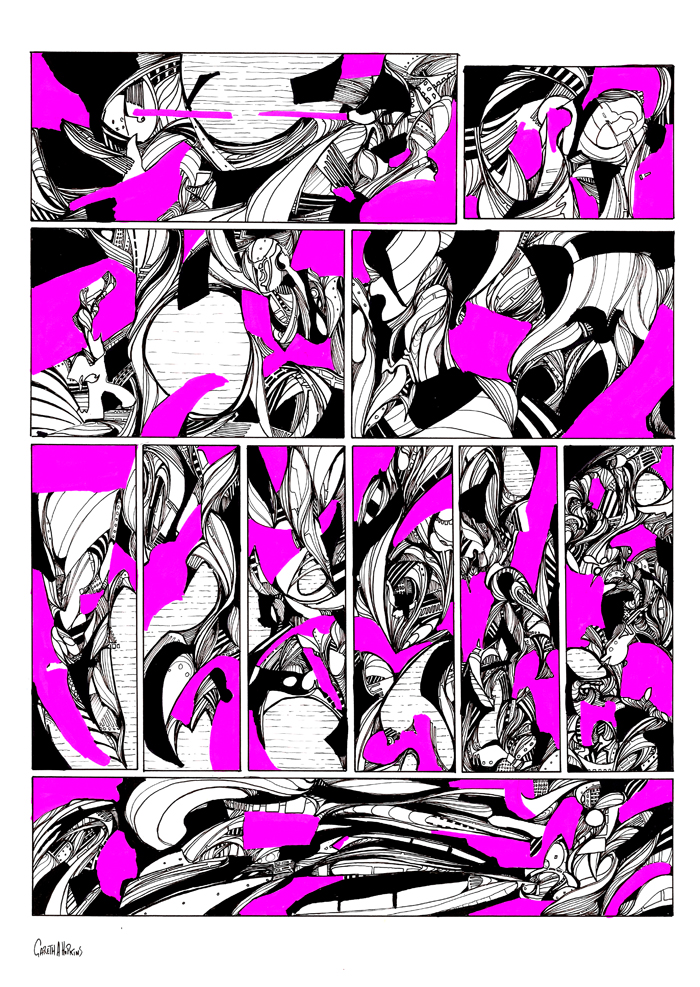
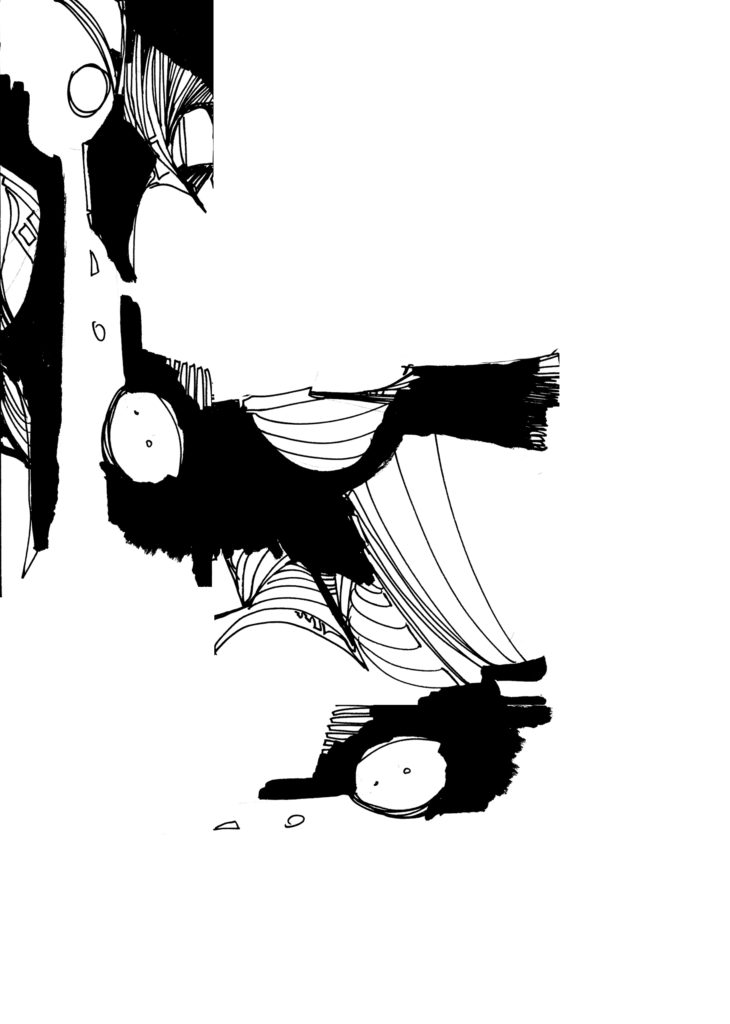
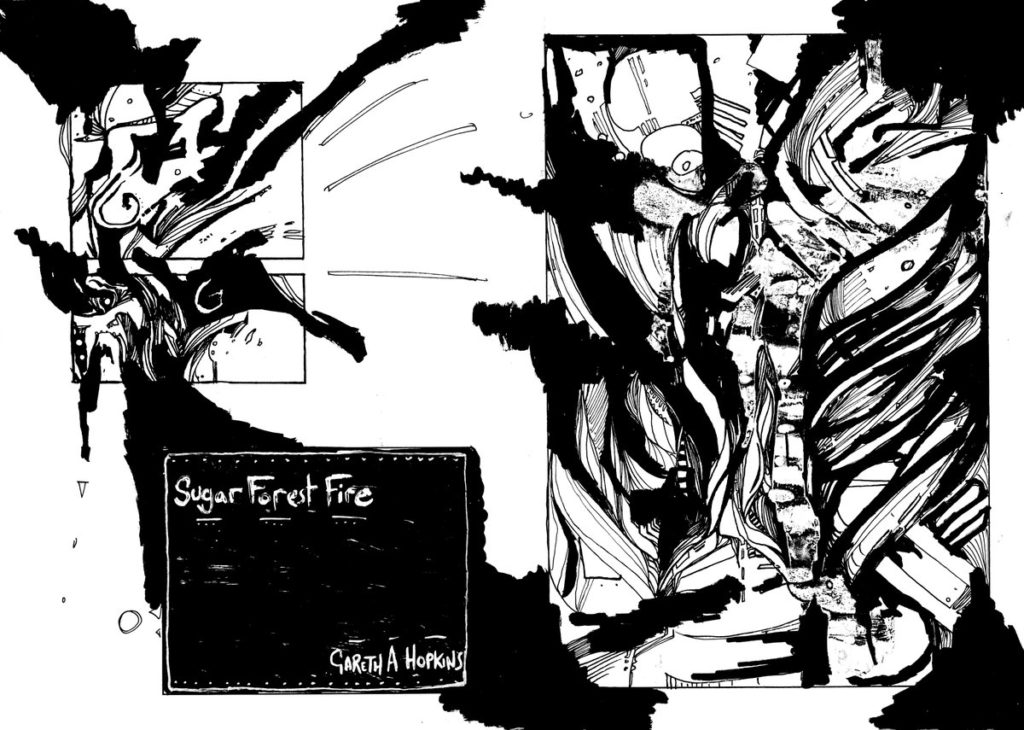
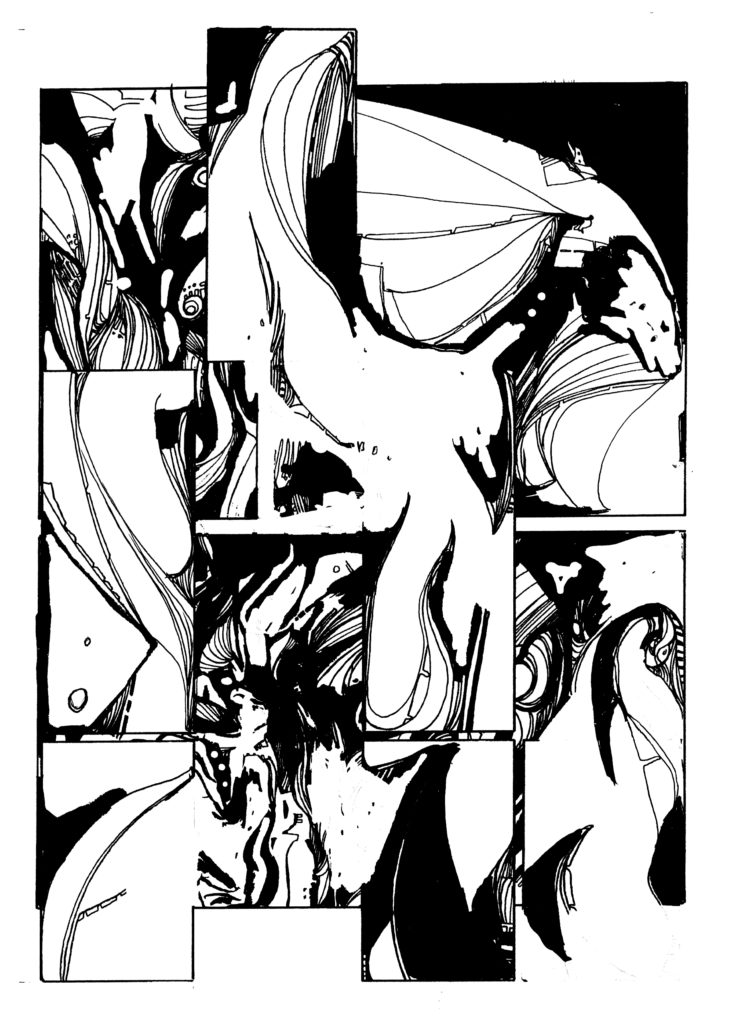
 Crowdfunding Spotlight: Who Killed Nessie? A Quick Chat with Paul Cornell & Rachael Smith
Crowdfunding Spotlight: Who Killed Nessie? A Quick Chat with Paul Cornell & Rachael Smith  Catching up with the Comics Laureate! An interview with Bobby Joseph
Catching up with the Comics Laureate! An interview with Bobby Joseph  New Carol Day newspaper strip collection cut-off date for pre-orders fast approaches
New Carol Day newspaper strip collection cut-off date for pre-orders fast approaches  Creating Comics: Catching Up with Garen Ewing, creator of The Rainbow Orchid
Creating Comics: Catching Up with Garen Ewing, creator of The Rainbow Orchid